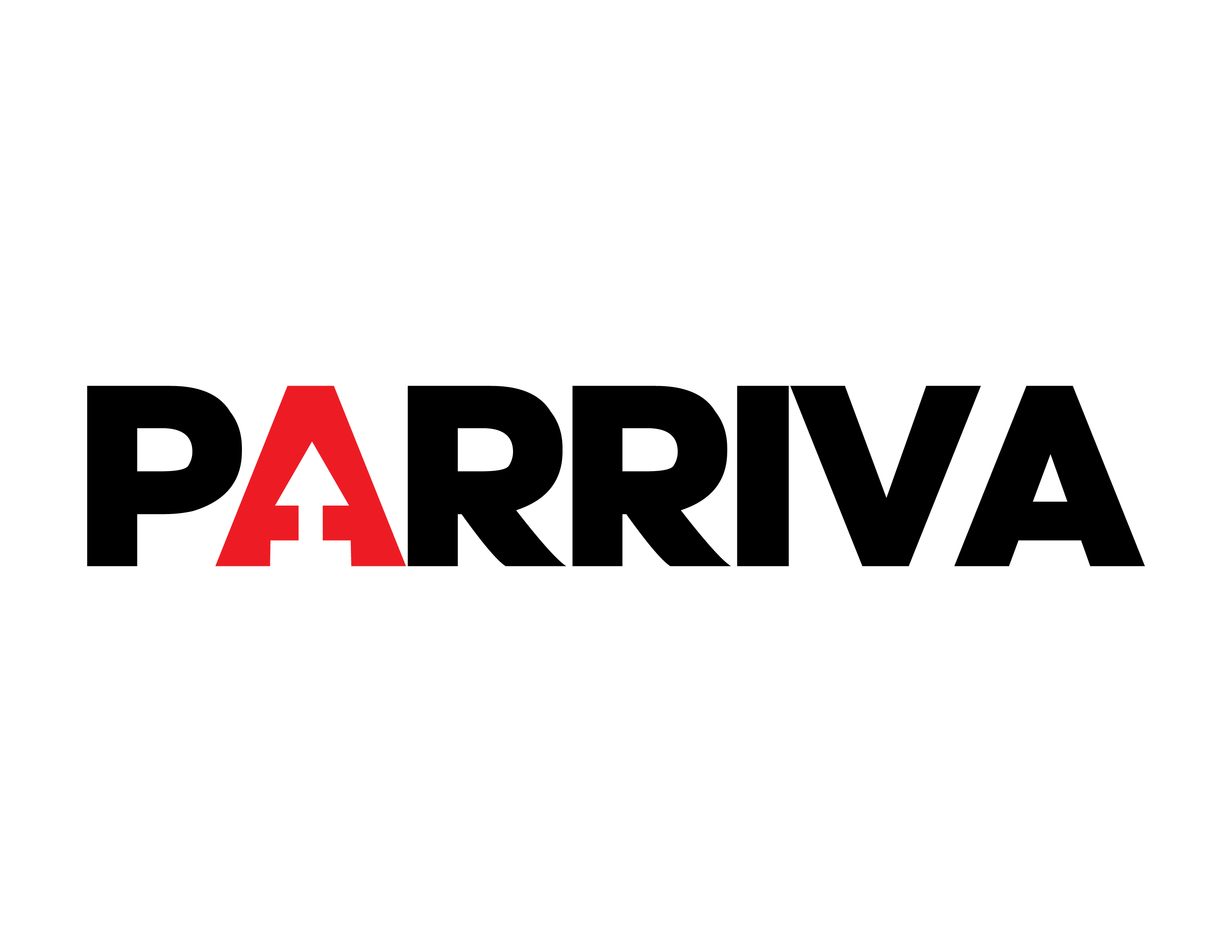The Latino population has accounted for 56% of the US population growth since 2000, according to the 2010 Census.1 In 2022, 42.3% of the population identified as a racial or ethnic minority.
Despite this significant demographic shift, these populations face the worst oral health outcomes, according to many studies, and disparities in oral health significantly impact these communities.
According to the Hispanic Dental Association (HDA), “Factors such as culture, language, immigration policies, anti-immigrant sentiments, and other social detriments of health are influencing their inability to access oral care.”
Many live below the poverty line or reside in rural communities and rely on state-funded programs such as Medicaid. Unfortunately, it’s challenging to find a dental provider who accepts Medicaid. The scarcity of dentists who accept Medicaid is due primarily to low reimbursement rates.
A 2019 Centers for Disease Control and Prevention (CDC) report showed that when comparing Mexican Americans to White and Black non-Hispanic Americans, Mexican Americans had the highest caries prevalence and untreated decay rates in children, adolescents, and older adults.
What has caused these oral health problems?
A significant shortage of dentists in rural areas presents a major challenge to effective patient care. This scarcity is exacerbated by demographic and socioeconomic factors that shape the health experiences of these individuals, and this often leads to suboptimal health outcomes.
When faced with oral emergencies, many patients are compelled to seek help at hospitals, and this doesn’t address the cause of the problem. As the cost of oral health care continues to rise, more people are encountering barriers to accessing essential care. According to a 2021 report by the National Institutes of Health (NIH), dental expenses have surpassed medical prescriptions as the most significant financial barrier.
The CDC states, “To achieve health equity, we must change the systems and policies that have resulted in the generational injustices that give rise to racial and ethnic health disparities.” This statement underscores the urgent need for systemic and policy changes to address disparities and promote health equity.
What’s being done for the Hispanic population
On May 17, 2024, Sen. Bernie Sanders addressed a committee hearing titled, “Examining the dental care crisis in America: How can we make dental care more affordable and more accessible?” During his address, Sen. Sanders highlighted the plight of tens of millions of Americans who are unable to afford or access necessary dental care. In response to this crisis, he introduced the “Comprehensive Dental Reform Act of 2024.”6 While this is a step in the right direction, the solution extends beyond Medicaid expansion.
Dental hygienists require greater autonomy, which necessitates updates and expansions to state practice acts. Additionally, more states need to join the Dentists and Dental Hygienist Compact, which allows for dental hygiene license portability, enabling hygienists to serve in rural areas in different states without encountering significant barriers.7
What dental hygienists can do about this problem
According to the Occupational Outlook Handbook, 93% of dental hygienists are employed in dental offices. This statistic prompts the question: how can we, as dental healthcare professionals, reach and improve the oral and general health of the population from a private practice setting? Under “29-1000, Healthcare Practitioners and Technical Occupations,” dental hygienists are classified as “healthcare diagnosing or treating practitioners,” placing them in the same group as dentists.
We’re not merely employees; we are providers. Currently, there is a huge conflict of interest due to the regulatory oversight of one profession by another.10 We need to advocate to be regulated by members of our profession.
Dr. Fernando Rodriguez: Chew on this: Don’t disregard the health of your teeth

